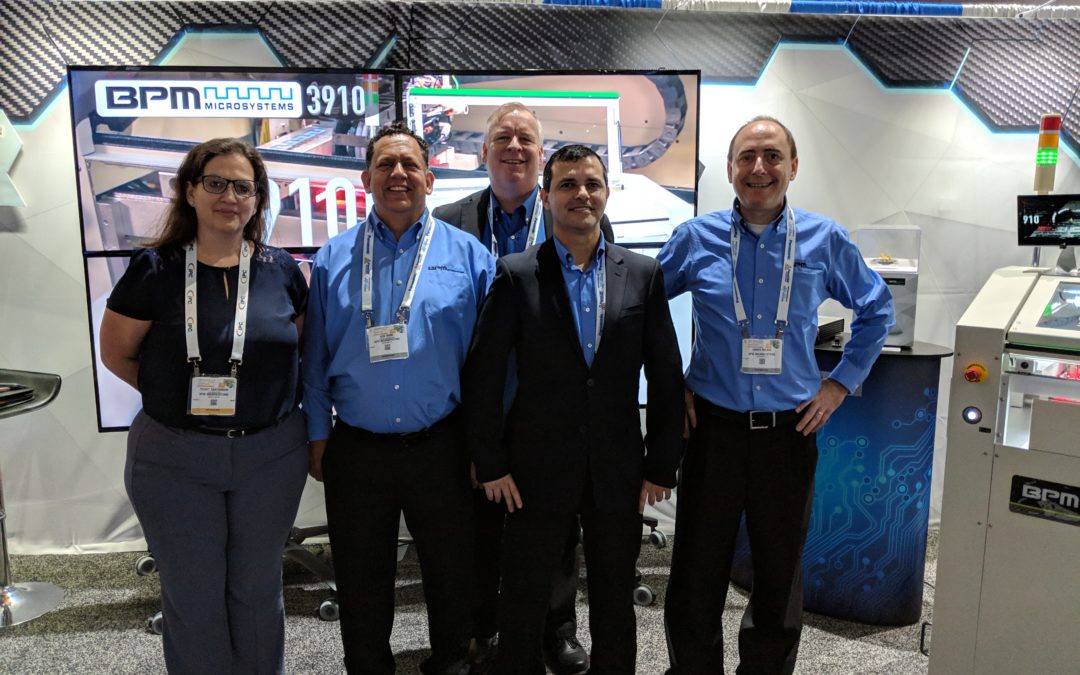
APEX Day One
APEX Day One is in the books– we had a great first day meeting with customers, soon-to-be customers, distributors and friends in the business. When the doors opened at 10am, we had a full house. Things stayed busy all through lunch. The afternoon slowed down a bit, but we had a lot to celebrate.
We received the NPI Award for new product development again this year (two years in a row). Last year, we won for WhisperTeach (auto-teach the critical z-height). This year, we received the award for WhisperTeach+
- Reduces set-up times by as much as an hour (compared to competitor’s manual teach methods)
- Improves yield and job performance with fully-automated teach
- Blazing-fast set-ups with fully-autonomous XYZ and Theta Teach— up to 48 sockets in just a few minutes without operator intervention
Jim Holava, our Global Sales Director, gave an interview with SMT Global Magazine… stay tuned for that link.
We still have two more days of meetings and greetings. If you’re in SoCal, drop by and do the WhisperTeach Challenge– see if you can beat your fellow humans in a Z-Teach challenge. The closest to the WhisperTeach without going over (which can damage the device) has a chance to win an iPad. We’re also having a special appearance with our founder and president, William White, on Wednesday.
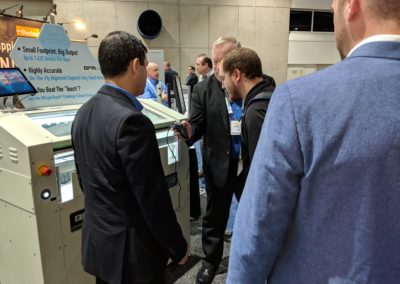
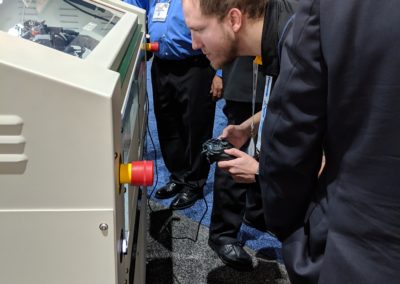
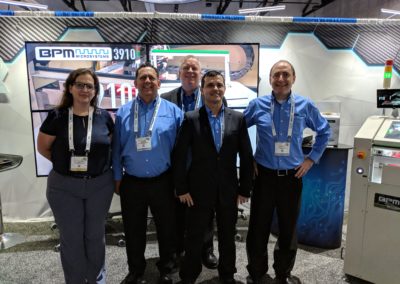
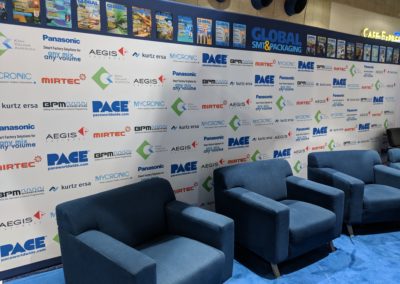
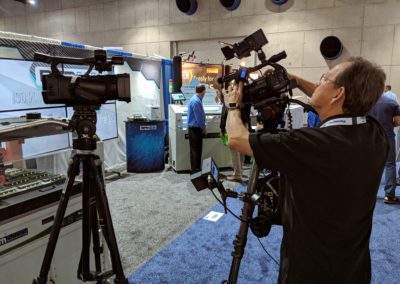
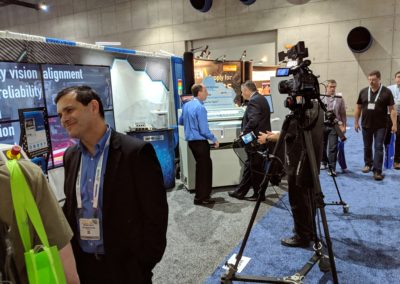
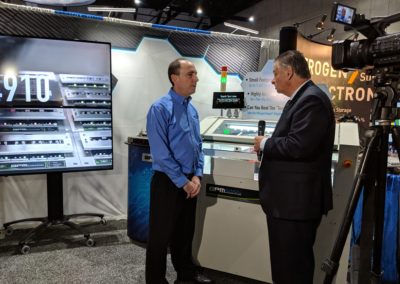
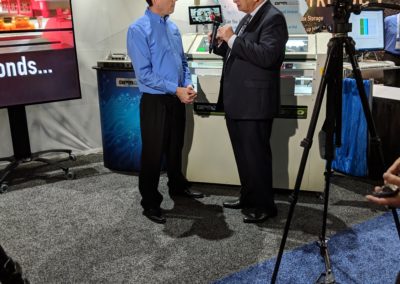
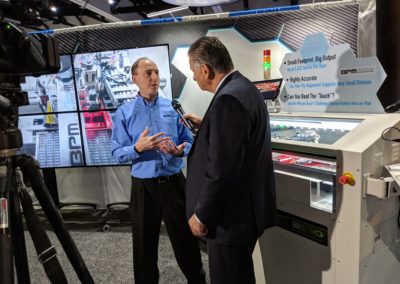
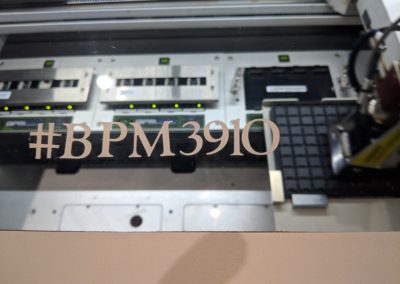
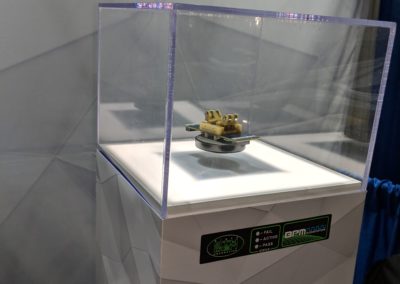
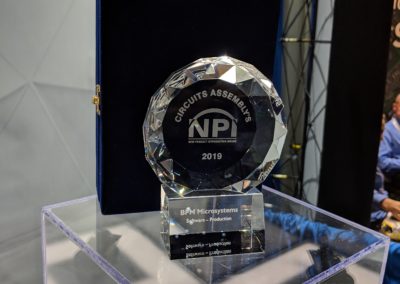
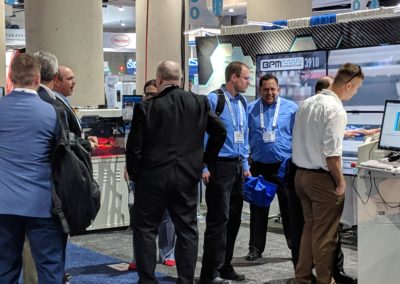



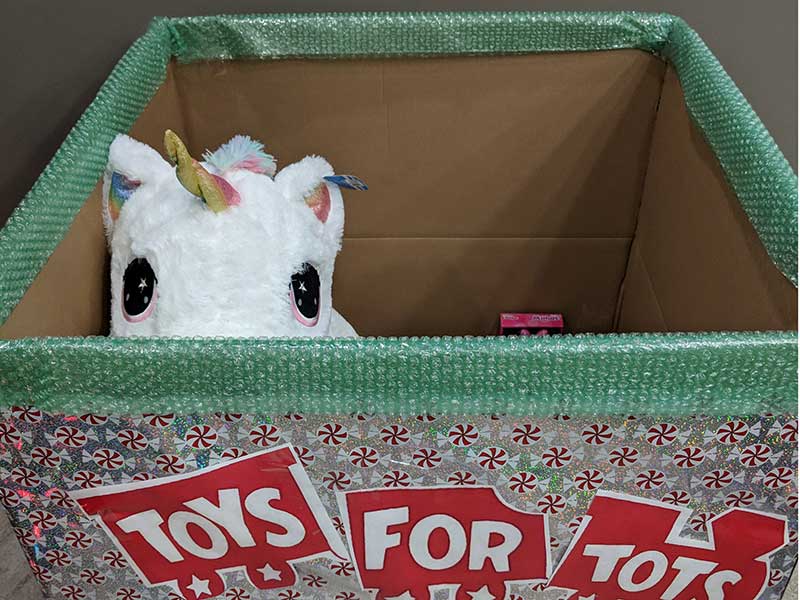
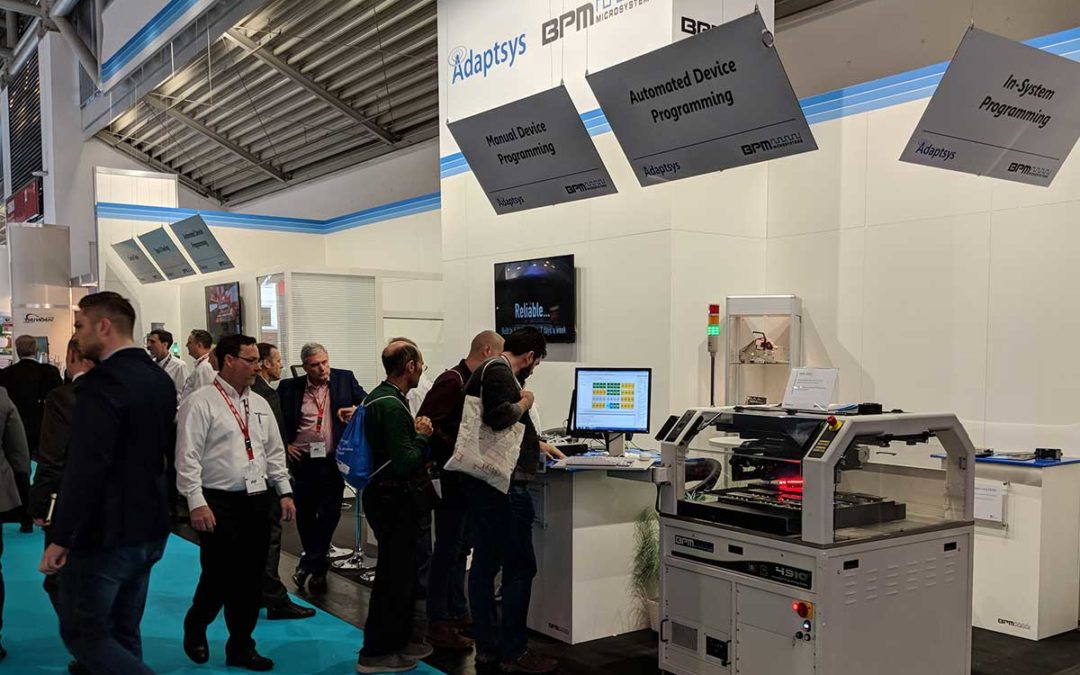
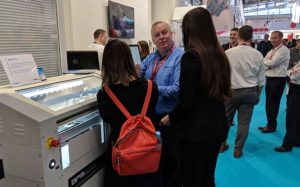
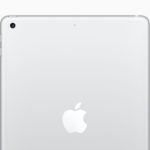 Congratulations to Richard Steinhäuser of Creative Chips in Dresden, Germany; he is our “WhisperTeach Challenge” winner, and will be receiving an Apple iPad.”I am glad that I have won, but lacking the fancy sensors I admit that I was lucky. I am looking forward to the next challenge with (BPM’s European Partner) Adaptsys,” said Mr. Steinhäuser. He did a manual z-height teach of just 2 steps above the fully-automated teach. In second place, at just 5 steps above, was Elliot Williams of Hackaday.com.
Congratulations to Richard Steinhäuser of Creative Chips in Dresden, Germany; he is our “WhisperTeach Challenge” winner, and will be receiving an Apple iPad.”I am glad that I have won, but lacking the fancy sensors I admit that I was lucky. I am looking forward to the next challenge with (BPM’s European Partner) Adaptsys,” said Mr. Steinhäuser. He did a manual z-height teach of just 2 steps above the fully-automated teach. In second place, at just 5 steps above, was Elliot Williams of Hackaday.com.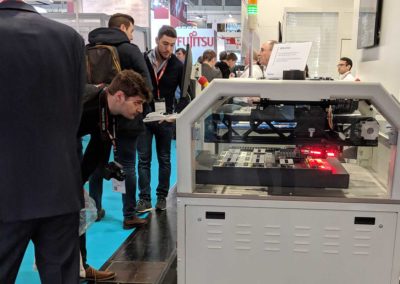
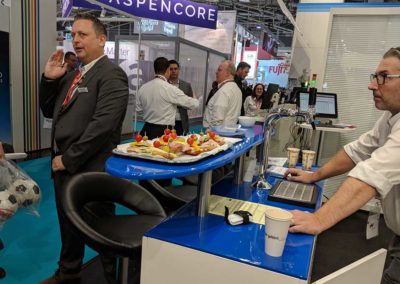
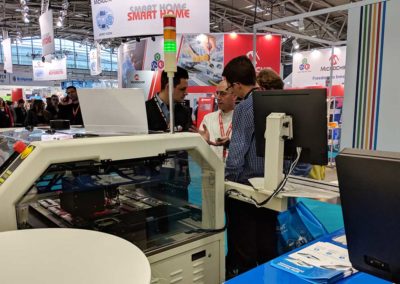
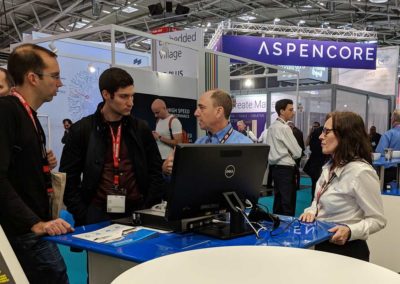
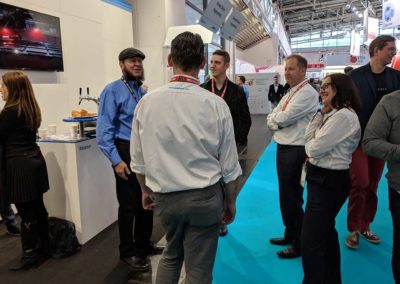
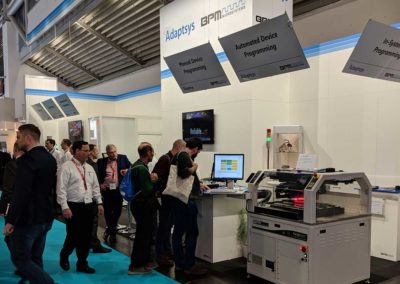
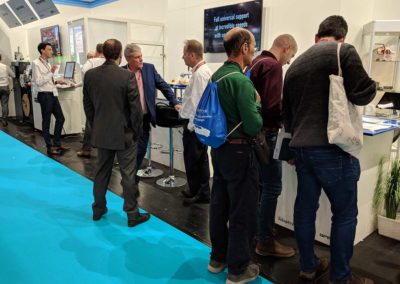
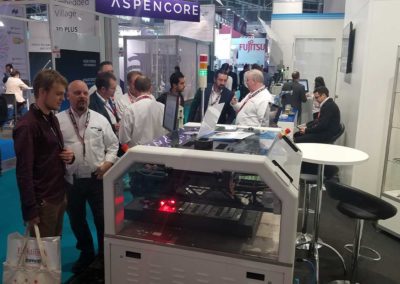
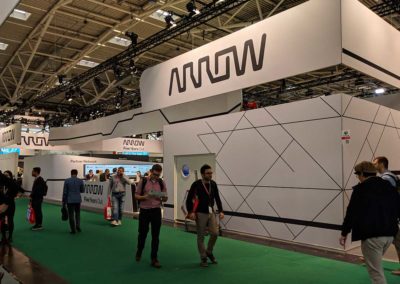
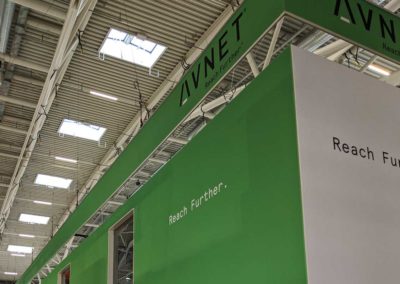
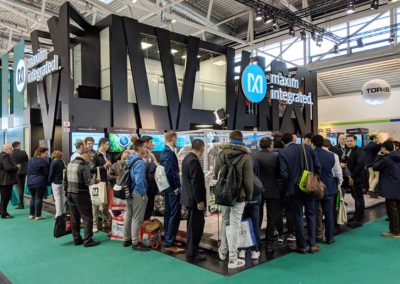
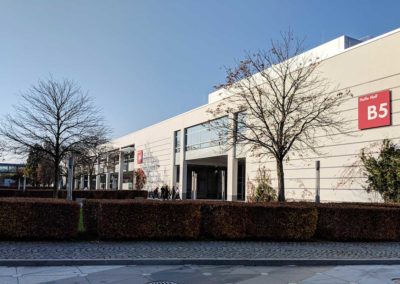

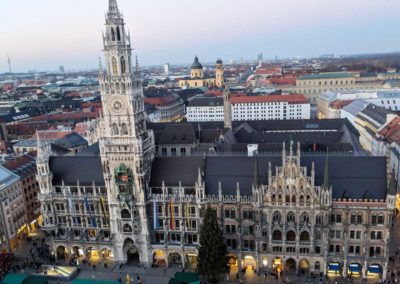
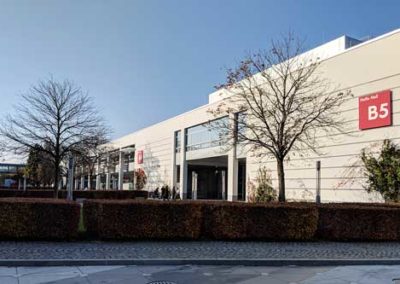
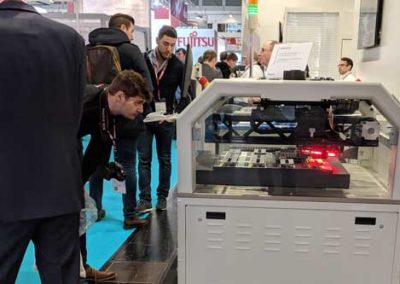
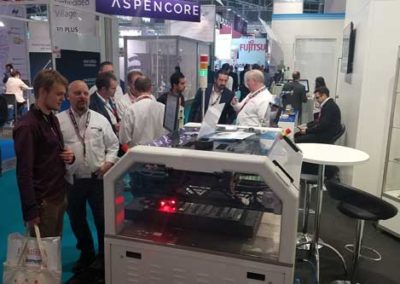
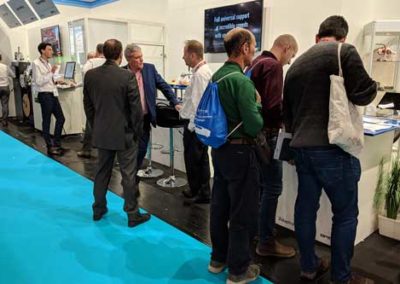
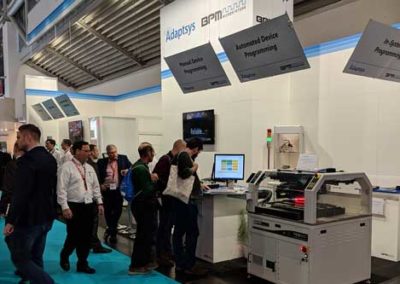
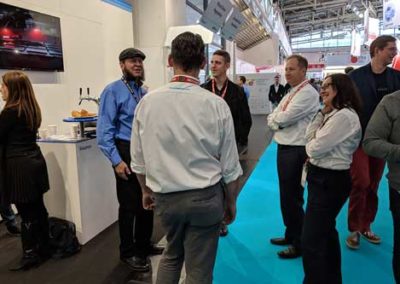
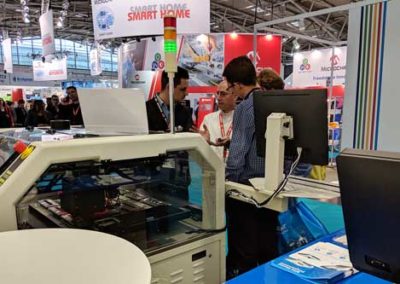
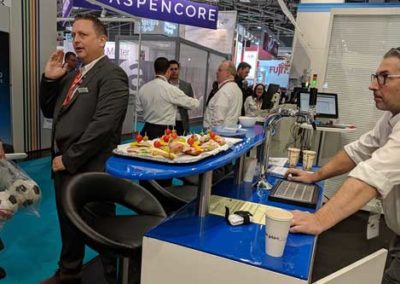
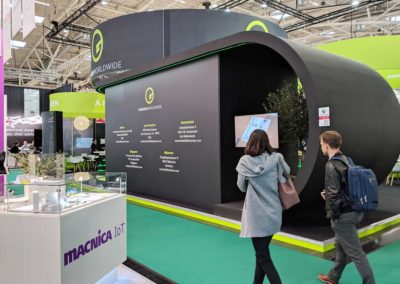
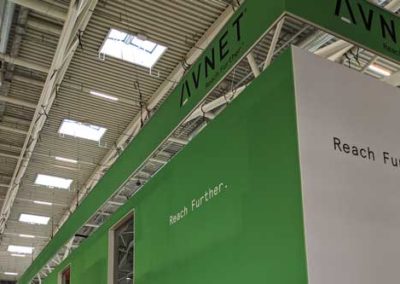
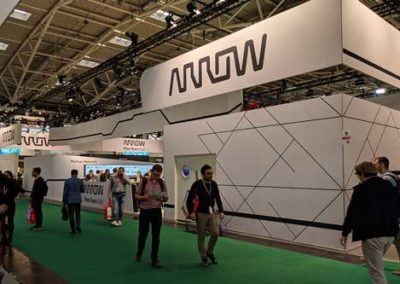

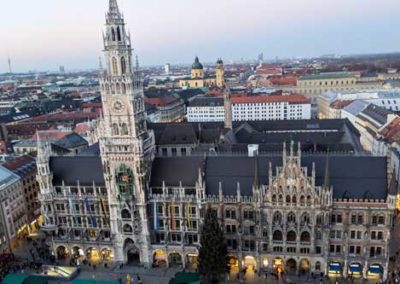
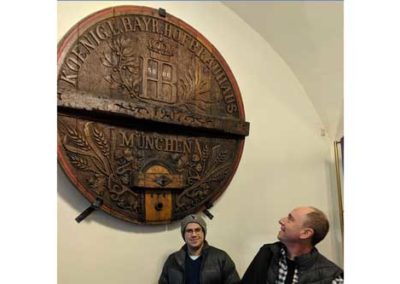

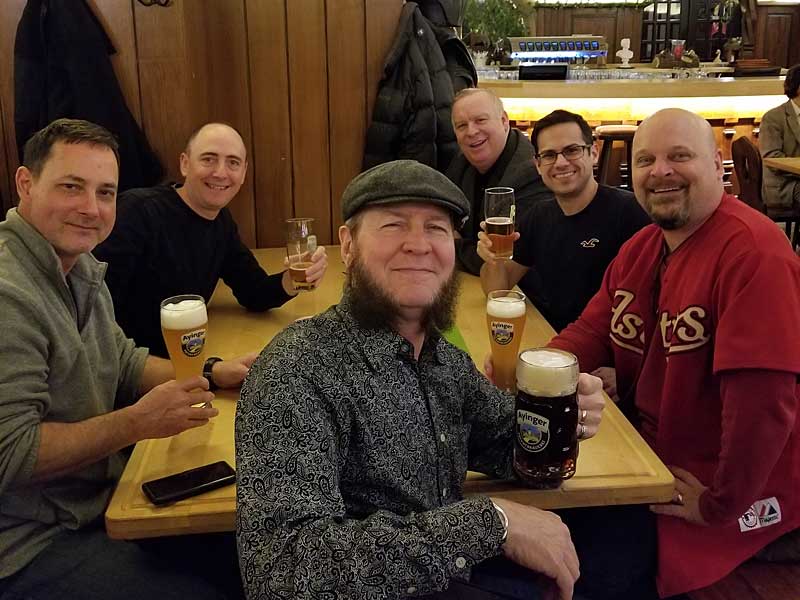
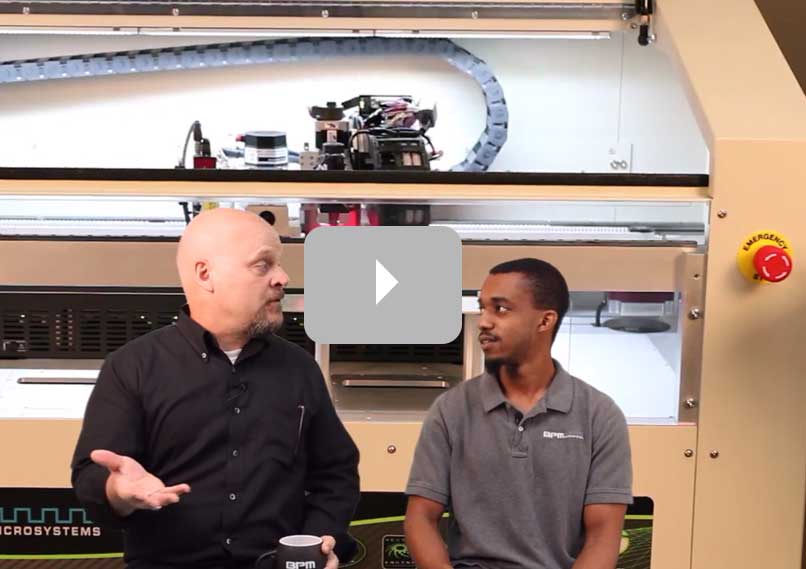

 6. Security
6. Security
 1. Service Excellence Award
1. Service Excellence Award